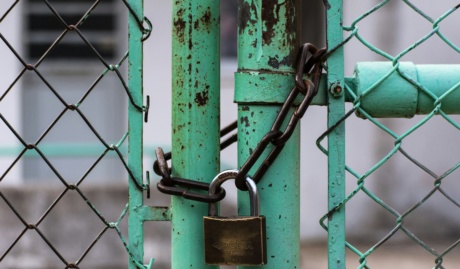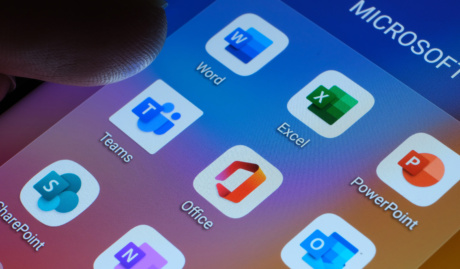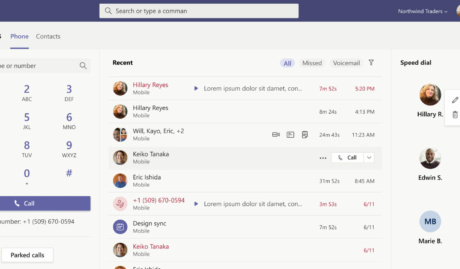Email has long been the mainstay of team communication and collaboration. Indeed, despite also being the bane of effective collaboration, for many organizations it remains at the heart of how teams communicate and work together.
Part of the Microsoft 365 suite of cloud services, Microsoft Teams is the modern alternative to email, enabling clear, efficient and effective communication and collaboration both with internal teams and external partners. Here are five key reasons why you should use Microsoft Teams instead of email for team collaboration.
Promote open communication & teamwork
Emails are addressed directly to one or more people, meaning that not only do you run the risk of excluding someone who may be valuable to the discussion, but you will also likely be clogging up the inbox of people who don’t really need to be involved. With Microsoft Teams, discussions can be seen by everyone in the team, without actively intruding into their work or cluttering their inbox. People can then choose to contribute to the discussion if they have something useful to add, otherwise they can simply remain aware of the conversation without engaging. Such open communication helps to keep everyone in the loop with team activities while encouraging teamwork and knowledge sharing.
Reduce distraction & stay focused
We all have a constant stream of emails landing in our inbox, whether they be ongoing discussions, new inquiries or perhaps threads we are simply cc’d on to keep us ‘in the loop’. We can do our best in Outlook to create subfolders and rules to try to stay organized, but inevitably the flood of emails all demanding our attention brings distraction and overwhelm.
With Microsoft Teams, collaboration happens in the proper channel, keeping all communication and files naturally grouped, organized and structured without other unrelated matters muddying the water. For example, here at Grassroots IT we have a channel in Teams dedicated to collaboration around our marketing content, and another dedicated to priority 1 client emergencies. As you can imagine, if our staff are focused on a client emergency, we don’t want them being distracted by discussions about blog posts!
No more forked threads
An email discussion will only remain organized if one person replies to the most recent message at a time. In a group discussion though this rarely happens, with multiple people replying separately to the same message, instantly creating a ‘fork’ in the thread, each of which can quickly spin off into a separate conversation and fork again. Keeping track of which conversation is which can be challenging and destructive to team collaboration.
In Microsoft Teams all discussion threads can be seen in real-time by all members, making it easy and natural to keep a single thread focused, and to recognize when a new, separate conversation should be started.
Stay in the loop with searchable history
You may have stepped away from your email for an hour at lunch, or a week for a well-earned holiday, but in either case coming up to speed on an email thread you missed can be an all or nothing proposition. You either have dozens of emails with multiple threads to piece together, or you’ve been cut out of the loop altogether and need someone to actively bring you up to speed.
Microsoft Teams keeps a fully searchable history of all discussions for the life of the team. Need to quickly catch up on the progress of an issue? No problem, just search the channel and instantly discover everything that’s been discussed and shared.
Attachments all in one place
Collaborating on a document via email is a nightmare scenario for many. A single emailed attachment to a group of collaborators and you instantly have multiple copies of the same document in play. One person updates the document and emails it back to the group; so does another person. You now have multiple different versions being worked on. So which version is correct?
Since Microsoft 365 allows app integration, files shared in Microsoft Teams are automatically saved to the channel’s SharePoint library, where all team members can access and edit the same copy of the file simultaneously, all while adding comments and discussing the document in real-time. Version conflicts are a thing of the past.
While email certainly has its place in business, Microsoft Teams is a better platform for team collaboration and communication for five main reasons: promoting open communication and teamwork, reducing distractions and maintaining focus on the right places, eliminating ‘forked threads’ in conversations, the ability to search the conversation thread easily, and keeping a single source of truth when it comes to attachments and documents. Not only that, but Microsoft Teams is constantly evolving and improving – to keep up to date with the latest updates to Teams, read more on the Microsoft website.
